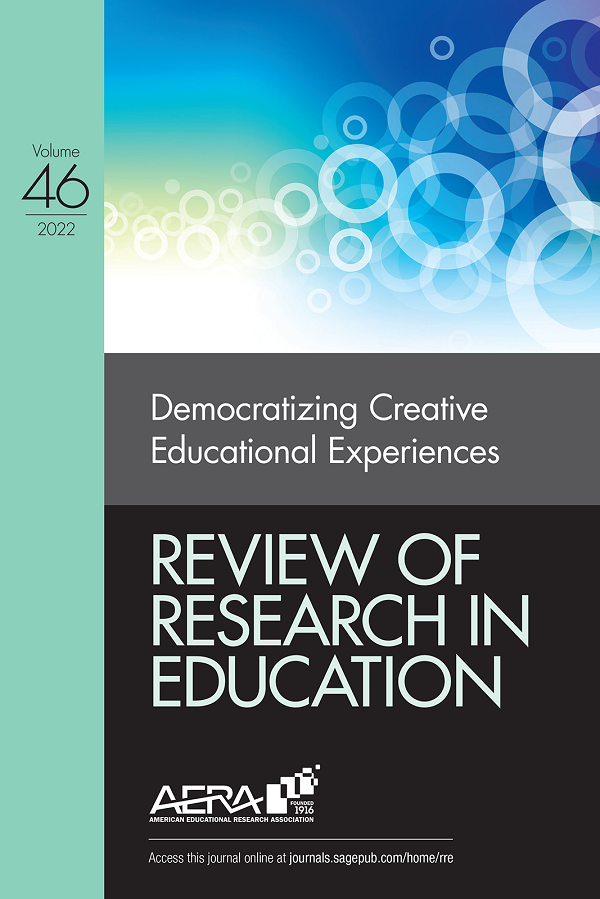How Does Changing “One-Size-Fits-All” to Differentiated Instruction Affect Teaching?
IF 2.4
1区 教育学
Q1 EDUCATION & EDUCATIONAL RESEARCH
引用次数: 56
Abstract
This rigorous literature review analyzed how 28 U.S.-based research studies conducted between 2001 and 2015 have defined, described, and measured changes in teaching practices related to implementation of Differentiated Instruction (DI) in P–12 classrooms. Research questions examined frameworks that defined DI, classroom operationalization of DI, key barriers and facilitators, and how changes in teacher practices across studies did not lead to a common definition of DI. Extracted data were analyzed by study type, DI purpose, theoretical framework, research questions, methodology, analysis method, expected/reported change in teacher practice, expected/reported impact on student learning, key barriers, facilitators, contextual factors, and implications for teaching and research. Findings demonstrated how the many different frameworks used to define DI shaped a variety of changes to teacher practices and roles. The purpose of DI varied widely from a systematic response to policy to informal teacher perception of student differences. Barriers included the DI decision source (institution vs. teacher). Facilitators focused on teacher view of time, resources, control, and dispositions toward differences and ambiguity. The need for systematic replicable studies with greater methodological rigor is discussed and a more integrative definition of DI focused on teacher instructional reasoning and decision making is proposed for future research.变“一刀切”为差异化教学如何影响教学?
这篇严格的文献综述分析了2001年至2015年间在美国进行的28项研究如何定义、描述和衡量与P–12教室实施差异化教学(DI)相关的教学实践的变化。研究问题考察了定义DI的框架、DI的课堂操作、关键障碍和促进者,以及不同研究中教师实践的变化如何没有导致DI的共同定义。提取的数据按研究类型、DI目的、理论框架、研究问题、方法论、分析方法、教师实践中预期/报告的变化、对学生学习的预期/报告影响、关键障碍、促进者、情境因素以及对教学和研究的影响进行了分析。研究结果表明,用于定义DI的许多不同框架如何塑造了教师实践和角色的各种变化。DI的目的各不相同,从对政策的系统回应到教师对学生差异的非正式感知。障碍包括DI决策来源(机构与教师)。协导员重点关注教师对时间、资源、控制以及对差异和歧义的处理。讨论了以更严格的方法论进行系统可复制研究的必要性,并为未来的研究提出了一个更综合的DI定义,重点是教师的教学推理和决策。
本文章由计算机程序翻译,如有差异,请以英文原文为准。
求助全文
约1分钟内获得全文
求助全文
来源期刊

Review of Research in Education
EDUCATION & EDUCATIONAL RESEARCH-
CiteScore
15.70
自引率
0.00%
发文量
14
期刊介绍:
Review of Research in Education (RRE), published annually since 1973 (approximately 416 pp./volume year), provides an overview and descriptive analysis of selected topics of relevant research literature through critical and synthesizing essays. Articles are usually solicited for specific RRE issues. There may also be calls for papers. RRE promotes discussion and controversy about research problems in addition to pulling together and summarizing the work in a field.
 求助内容:
求助内容: 应助结果提醒方式:
应助结果提醒方式:


